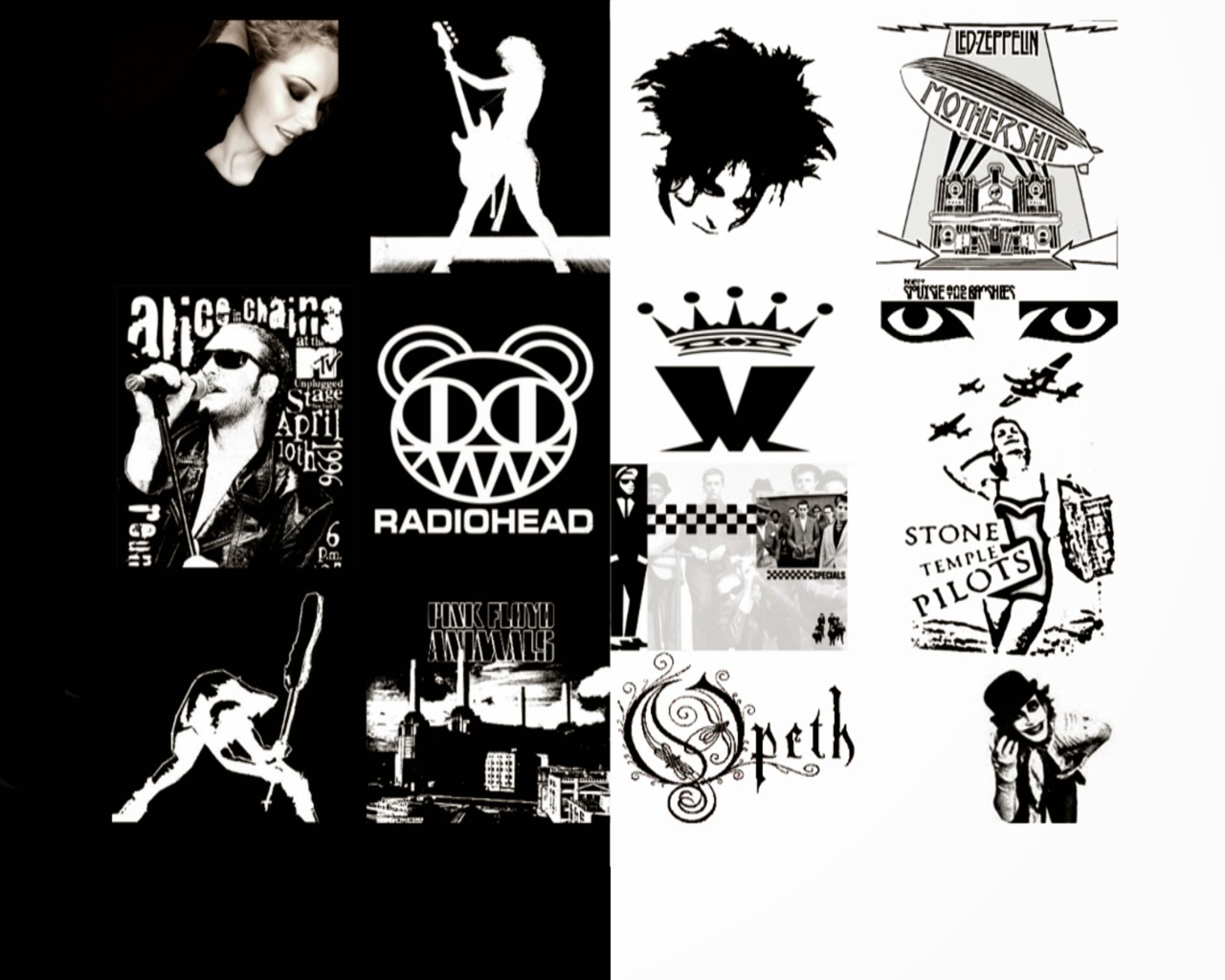"Impact of innovation in the arts"
CREATIVITY & DISRUPTION
THE SOCIAL AND ECONOMIC IMPACT OF:
INNOVATION IN THE ARTS
THE SOCIAL AND ECONOMIC IMPACT OF:
INNOVATION IN THE ARTS
FOR NESTA AND ARTS COUNCIL OF WALES
This document is a quick reference point to assist with identifying an evidence base for strategic and project planning. It is our intention that making the available evidence more accessible and widely known will help us in our aim of fostering a culture of innovation in the arts sector.
While there is known to be a growing collection of evidential documents and reports available for arts practitioners and organisations, in many cases these are known to be inaccessible or unobtainable (e.g. through paywalls or within archives). This document is designed as a selective review of evidence available, with a specific focus on what’s available within Wales. As such, it should be able to provide an easy-to-use, go-to reference source for individuals and organisations requiring evidence to support innovative arts projects. Evidence gathered is also aligned (where possible and applicable) to research outside Wales.
While there is known to be a growing collection of evidential documents and reports available for arts practitioners and organisations, in many cases these are known to be inaccessible or unobtainable (e.g. through paywalls or within archives). This document is designed as a selective review of evidence available, with a specific focus on what’s available within Wales. As such, it should be able to provide an easy-to-use, go-to reference source for individuals and organisations requiring evidence to support innovative arts projects. Evidence gathered is also aligned (where possible and applicable) to research outside Wales.
Key findings
There is substantial evidence across Wales and the UK indicating that the diversity of arts audiences remains limited and that both physical and societal factors continue to act as barriers to engagement with the arts.
There are numerous reported examples of where digital technology has been applied successfully to overcome these barriers.
Arts activities impact on tackling poverty and disadvantage in many ways on a granular level, often through similar general socio-economic processes. Detailed analyses of these impacts is currently lacking, particularly within the Welsh context.
- Economic data for the arts sector in Wales shows strong growth in income and output at higher rates than the rest of the economy. However, this growth is not universal and it is likely that many organisations in Wales are contracting or drawing on reserves.
Evidence gathered is also aligned (where possible and applicable) to research outside Wales.
For researchers, there are notable gaps in intelligence generally in the sector, with particular gaps in terms of an understanding of demand for training and demand for finance.
We asked ERS Research and Consultancy to bring together an evidence base for arts organisations to inform their plans to achieve social and economic impact.
We asked ERS Research and Consultancy to bring together an evidence base for arts organisations to inform their plans to achieve social and economic impact.
A review of the evidence available about how the arts sector is achieving social and economic impact.
The report is a detailed guide to freely available source material and provides a quick reference point for arts organisations who are seeking to:
- Achieve greater audience diversity.
- Develop arts-based interventions to tackle poverty and disadvantage.
- Understand the economic context of the arts sector, for business planning purposes.
The report includes resources that can be used to support strategic planning as well as to help design arts projects and assess their impact.
We hope that by bringing together the evidence in this way, we can help to support advocacy and fundraising by arts organisations, and to promote an informed debate around the value of the arts sector to our society and economy.
The report also highlights key gaps in the evidence base. We hope that by doing so we can encourage arts organisations, policy makers, researchers, funders and others to consider how these gaps in the evidence can be addressed.
We hope that by bringing together the evidence in this way, we can help to support advocacy and fundraising by arts organisations, and to promote an informed debate around the value of the arts sector to our society and economy.
The report also highlights key gaps in the evidence base. We hope that by doing so we can encourage arts organisations, policy makers, researchers, funders and others to consider how these gaps in the evidence can be addressed.
Evidence gathered is also aligned (where possible and applicable) to research outside Wales. This comparative approach allows for the reader to pick out key statistics or descriptive findings for the Welsh projects and programmes and consider it in the wider international context. Where data or findings are missing or of lower quality we have aimed to highlight the dearth or lack of evidence.
The methodology is provided in the Annex.










































0 comentarios :